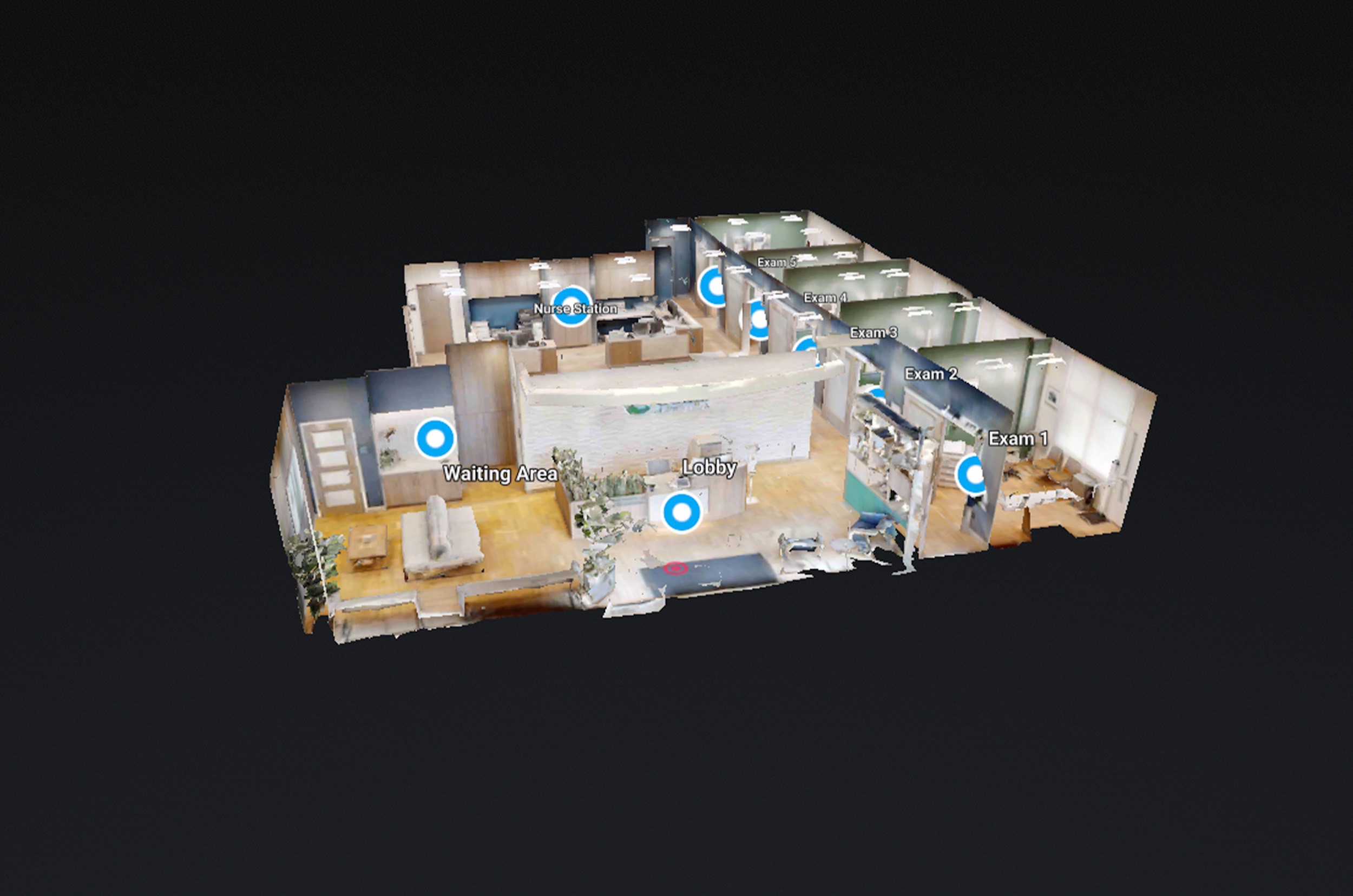In the rapidly evolving world of logistics and supply chain management, technological advancements like Matterport 3D tours are playing a pivotal role. By bringing immersive, three-dimensional mapping to the forefront, these tools are transforming how businesses handle logistics and documentation.
This blog explores the innovative ways Matterport 3D tours are being utilized in logistics, shedding light on their potential to streamline operations and enhance documentation accuracy.
- Overview of Matterport in Logistics: Introduction to Matterport 3D tours and their relevance in logistics. An exploration of how this technology differs from traditional documentation methods.
- Enhancing Warehouse Management: Delving into the use of Matterport 3D tours for efficient warehouse management. Discussion on space optimization, inventory tracking, and safety protocol visualization.
- Revolutionizing Transportation Planning: How Matterport can transform transportation logistics, including route planning and load optimization. Analysis of its impact on reducing transportation costs and improving delivery efficiency.
- Improving Documentation Accuracy: Examining the role of Matterport in enhancing the accuracy and accessibility of logistical documentation. Case studies on how real-time 3D mapping has reduced errors and improved decision-making.
- Integration with IoT and AI: Exploring the synergy between Matterport 3D tours, the Internet of Things (IoT), and Artificial Intelligence (AI) in logistics. Discussion on predictive analytics and automated inventory management.
- Sustainability and Eco-Friendliness: The role of Matterport in promoting sustainable practices in logistics. Insights into how 3D mapping can reduce carbon footprint and promote eco-friendly logistics solutions.
Conclusion: Matterport 3D tours are not just a technological novelty; they are reshaping the logistics landscape, offering unparalleled efficiency, accuracy, and sustainability. By embracing this technology, businesses can revolutionize their logistics and documentation processes, paving the way for a more streamlined, cost-effective, and environmentally friendly future in supply chain management.







